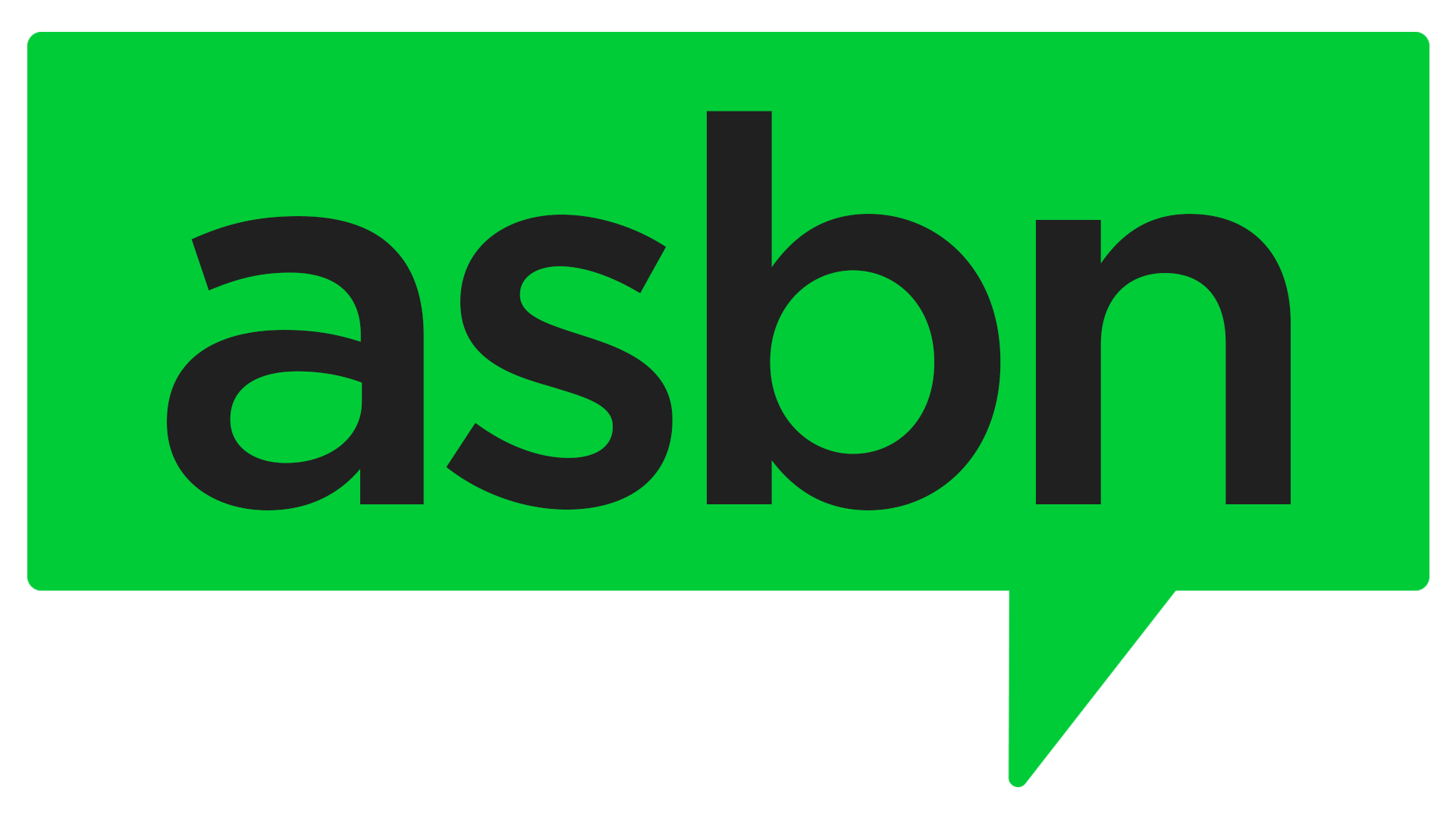Do you know the difference between your small businesses’ market size and industry size? Knowing the difference is beneficial when trying to attract potential investors. On today’s The Small Business Show, we’re joined once again by George Deeb, the Managing Partner at Red Rocket Ventures, to walk us through how to calculate your addressable market size and how to attract investors.
Deeb asserts that if an investor requests an investment deck, the entrepreneur may respond with a slide. But that slide reflects their industry; they’re referring to the scale of their industry. The distinction regarding the industry size is described as the total of all the dollars spent on the various goods and services. The market size, on the other hand, is directly related to your specific product or market segment. Deeb says, “It’s what you can accomplish in terms of working for yourself.
For example, Procter and Gamble serve as a vast industry. But, say you’re selling a conditioner; it will be much smaller than the overall market. It’s essential to differentiate between the two concepts because it matters to investors. They will want to prove that their investment will have a chance to become something worth ten times the money they’re putting in.
According to Deeb, entrepreneurs can calculate their addressable market size in two ways. The first way is the Top-Down version. Which starts with the industry size one would get from a research report and pair it back to what you believe to be the pairable submarket of that industry. For example, say you’re an entrepreneur in the digital marketing software industry. Some research reports explain that your industry is a 65-billion-dollar global industry. Say your product may only be directed towards social media marketing technology and only accounts for 10% of the total market. Now your $65 billion industry is worth $6.5 billion. But you’re only serving clients in the U.S., not globally; that distinction accounts for 30% of the market, so now you’re at $2 billion.
"By not understanding your addressable market, you could lose credibility for investors."
The second approach is, if we stick with the digital marking area example, say you’re currently making $1 million in revenue, and your average price point is $1,000, so you’re probably serving about 1,000 clients. Half of the 16 million small enterprises in existence might require your product. As a result, there is a future $8 million market for potential clients. However, only 10% of people can afford your goods, leaving you with 800,000 potential clients. Hence, there is an 800 million-person addressable market size if they want to purchase your product.



 ASBN, from startup to success, we are your go-to resource for small business news, expert advice, information, and event coverage.
ASBN, from startup to success, we are your go-to resource for small business news, expert advice, information, and event coverage.